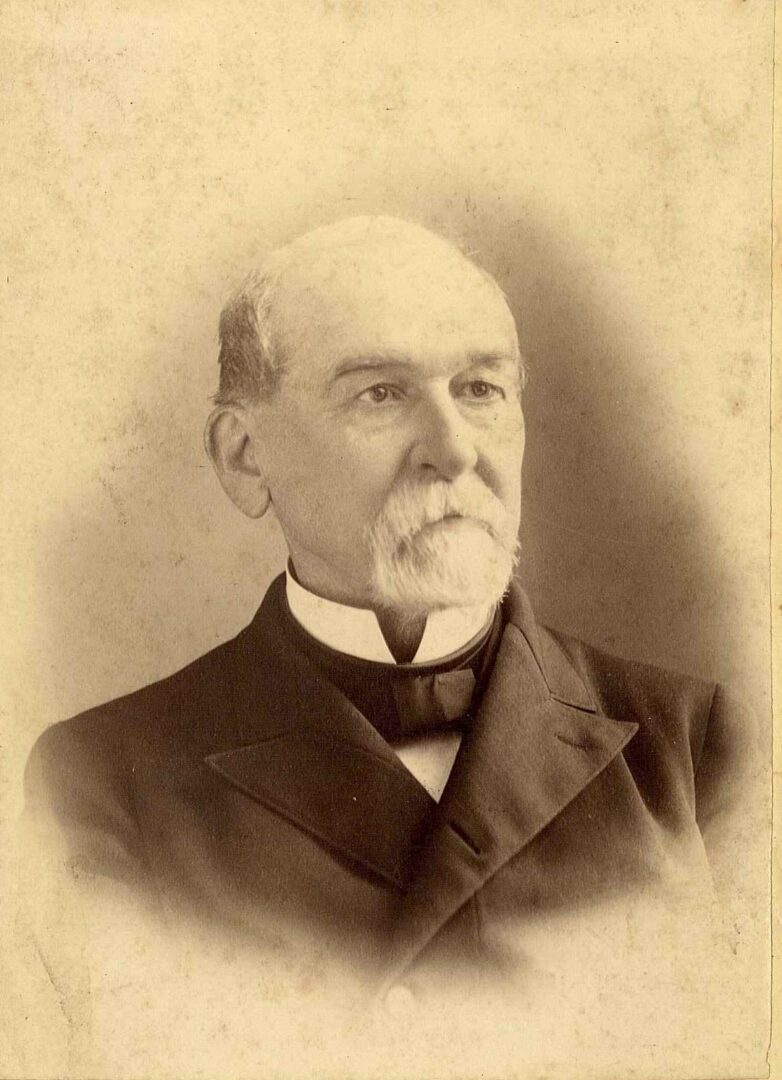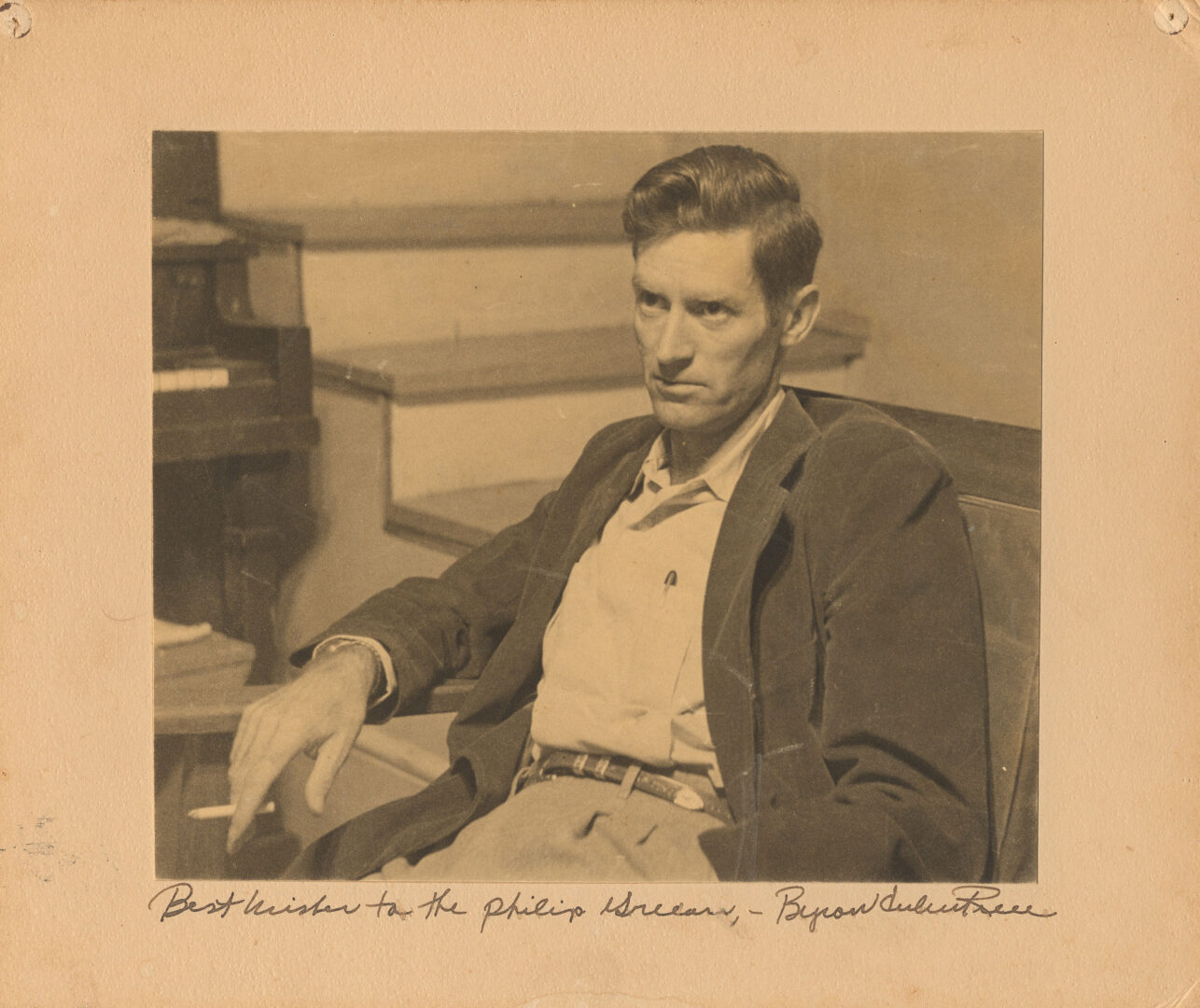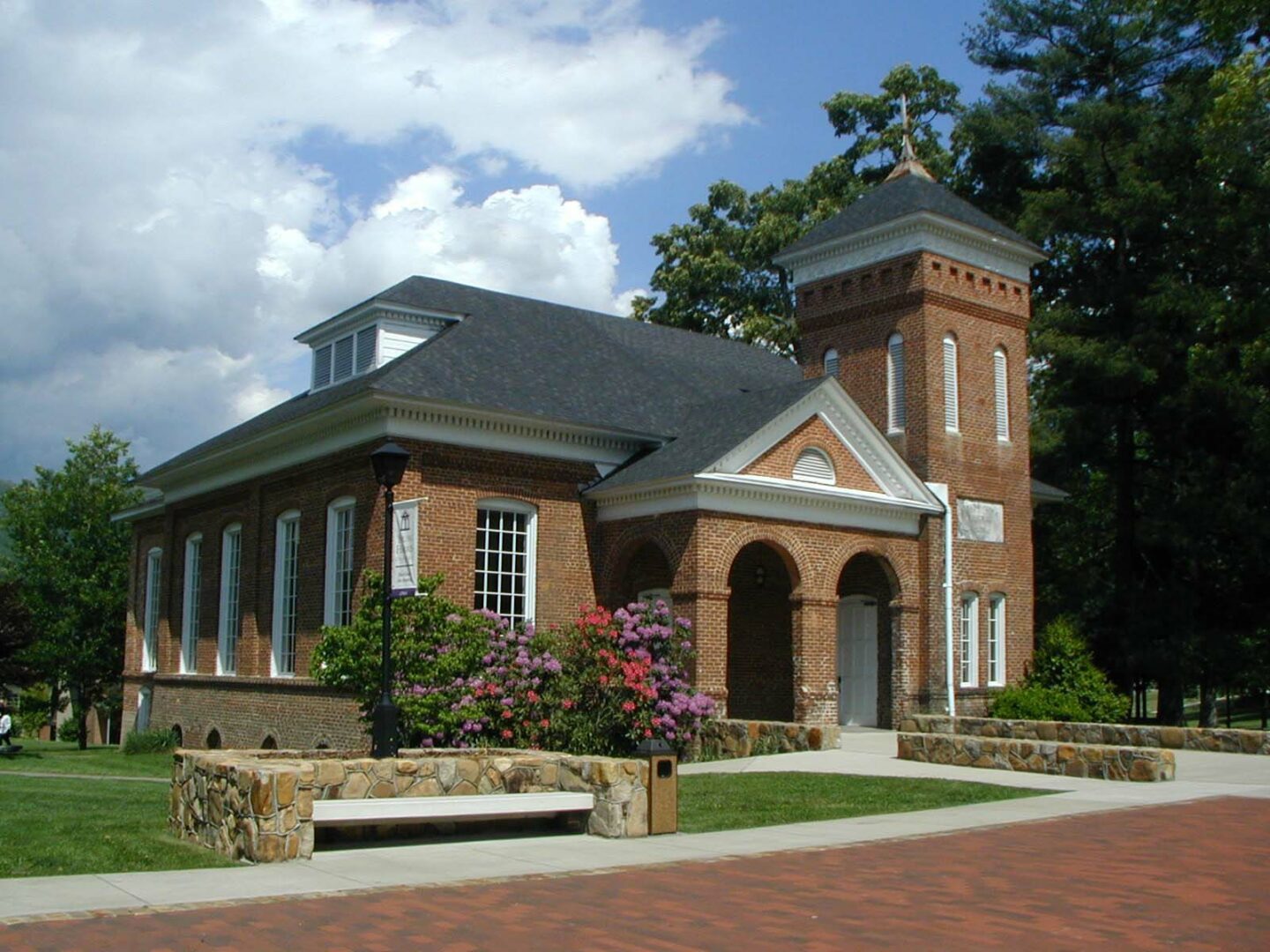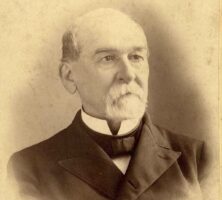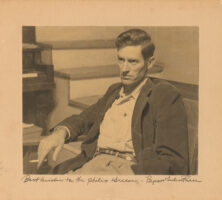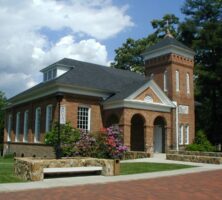A four-year liberal arts college in the mountains of north Georgia, Young Harris College holds a higher profile in Georgia’s social and political history than its 700-student enrollment (as of 2010) might imply. Founded in a small town between the villages of Blairsville and Hiawassee in Towns County, the school was typical of denominational schools in Appalachia during its early years; hardscrabble and poor, these institutions were typically guided by preachers, the area’s most learned leaders.
Methodist circuit minister Artemus Lester gave the school its start in 1886 and named it after a benefactor, Judge Young L. G. Harris of Athens. Then, as now, the college adheres to Methodism’s educational principles of putting beliefs into action. As former Young Harris president W. Stephen Gunter says, “There is no separation between faith and works.”
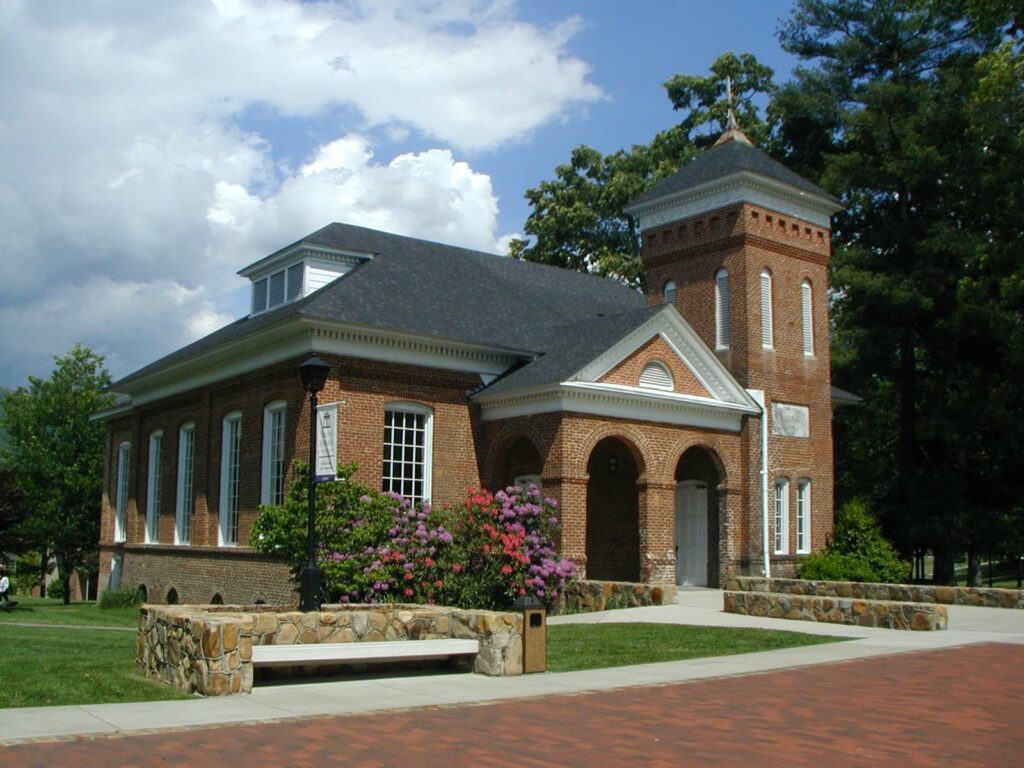
Young Harris’s student body was and is largely drawn from the small towns surrounding the school. As in its beginning, many students are the first generation of their families to attend college. The faculty and administration pride themselves on providing individual attention to students and often note that “the average student” blossoms—socially and academically—at Young Harris. Planning for where students will complete their degrees begins at enrollment, and the small college boasts a number of Ivy League alumni among its “persisters,” as Gunter calls them.
Historically, Young Harris College has maintained strong ties with the local townspeople—so much so that in 1895 the town’s residents officially renamed their village, originally called McTyeire, after the school. After a devastating fire in 1911, the citizens of Young Harris rebuilt what is now Sharp Hall to prevent the college from moving. In fact, Young Harris has a strong legacy of support from donors who have never attended the school.
Leadership
From its founding in 1886 until 1899, Young Harris College had four presidents: Marcus H. Edwards (1886-87), Edward A. Gray (1888-89), C. C. Spence (1889-94), and William F. Robison (1894-99). In 1899 the Reverend Joseph A. Sharp, a graduate of Emory College (later Emory University), began his twenty-five-year service as president of Young Harris. Sharp’s first term lasted until 1916, when, after receiving an honorary doctorate of divinity degree from the University of Georgia, he left the college to preach at the Wesley Memorial Church in Atlanta. He then served as head of the Emory University Academy at Oxford until 1922.
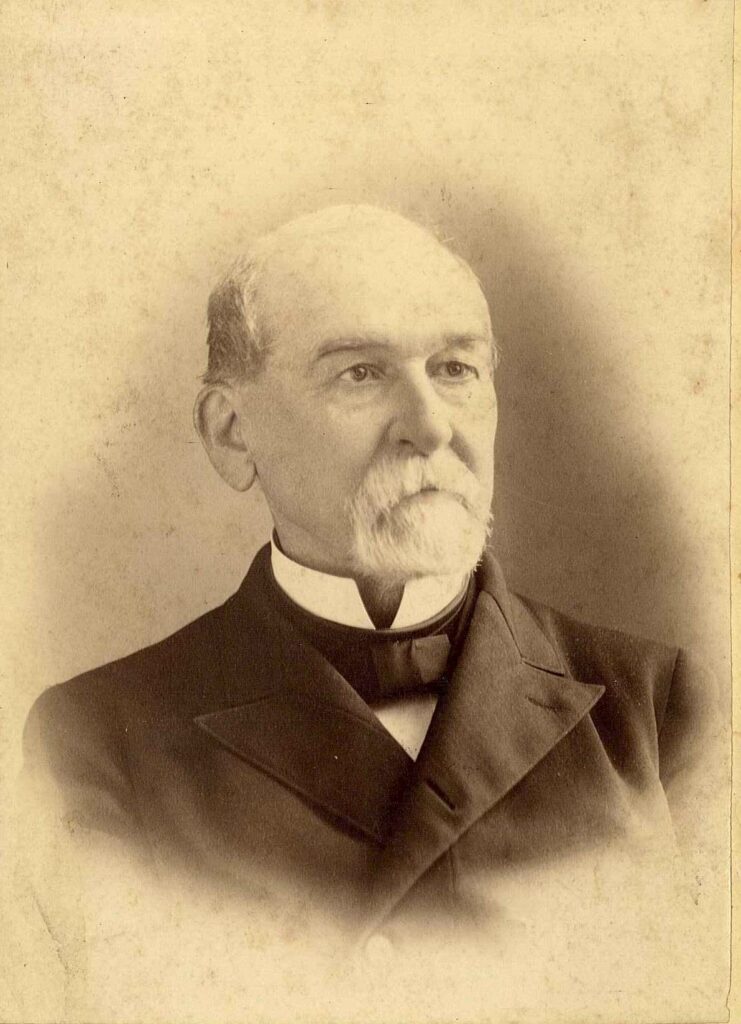
Courtesy of Young Harris College
Two presidents served short terms during Sharp’s absence: George L. King (1916-17) and John L. Hall (1917-22). Sharp resumed his duties as president upon his return to Young Harris in 1922 and served until his death in 1930. His wife, Ella Standard Sharp, assumed the position for the rest of that school year. T. Jack Lance (father of Bert Lance) served from 1930 until 1942, when J. Worth Sharp, the son of Joseph and Ella Sharp, began a five-year tenure. The presidents that followed served relatively short terms: Walter L. Downs (1947-50), Charles R. Clegg (1950-63), Robert P. Andress (1963-64), Raymond A. Cook (1964-66), and Douglas Reid Sasser (1966-71). In 1971 Ray Farley began a twenty-year stint as president, the longest since the death of Joseph Sharp in 1930. Farley was followed by Thomas S. Yow III (1991-2003), Clay Dotson (2003-4), and W. Stephen Gunter (2004-6). In 2006 John Wilson Wells served as interim president, and in March 2007 former Georgia secretary of state Cathy Cox became president.
Despite its small-town roots and religious ties, Young Harris prides itself on academic integrity. One of the college’s best-known teachers was alumnus and legendary mountain poet Byron Herbert Reece. Reece, a celebrated literary figure, won the annual award from American Poet in 1943; published his first volume of poetry, Ballad of the Bones, in 1945; and by 1952 was nominated for a Pulitzer Prize in poetry, profiled in Newsweek, and offered a poet-in-residence position at the University of California at Los Angeles.
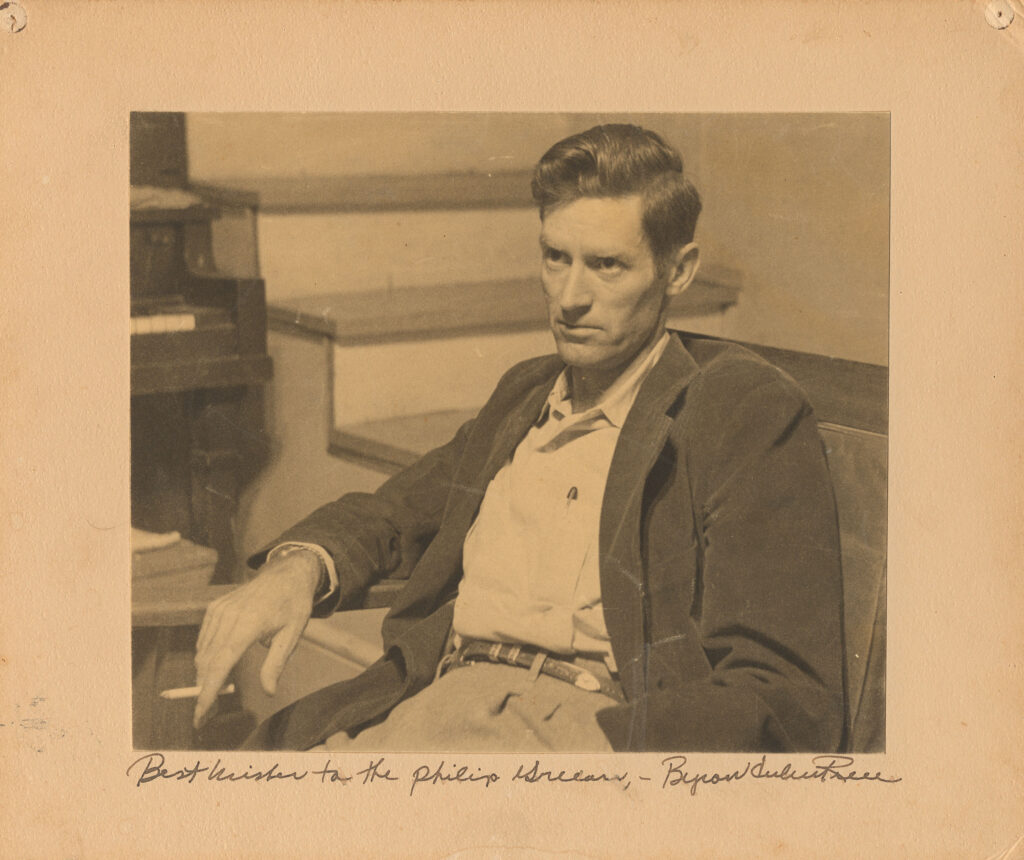
Courtesy of Hargrett Rare Book and Manuscript Library, University of Georgia Libraries.
Smart fiscal management has resulted in an enviable endowment of about $100 million for the college, better in per capita measures than Ivy League giants like Harvard University in Cambridge, Massachusetts. The endowment affords a wide array of fine arts classes and a music department that includes faculty for classical guitar, piano, and voice. The secluded campus faces a teal-and-purple curtain of north Georgia peaks (including nearby Brasstown Bald, the state’s highest), but the school’s high-tech features, like a campus-wide wireless Internet hotspot and “smart boards,” which allow faculty to cruise the Internet onboards projected in front of the class, provide portals to the outside world.
Athletic endeavors are popular, with a large percentage of students playing a variety of sports. National Junior College Athletic Association (NJCAA) teams include baseball, cross country, golf, soccer, softball, and tennis, in addition to intramural leagues. One former Young Harris student, baseball-player Nick Markakis, was a first-round draft choice who signed with the Baltimore Orioles in 2003, later winning the Brooks Robinson Minor League Player of the Year Award. The women’s soccer team placed third in the NJCAA’s national tournament in 2005. Fine arts performances offer similar possibilities. Facilities include an observatory and the 109-seat Rollins Planetarium, the state’s fourth largest planetarium in terms of seating capacity.
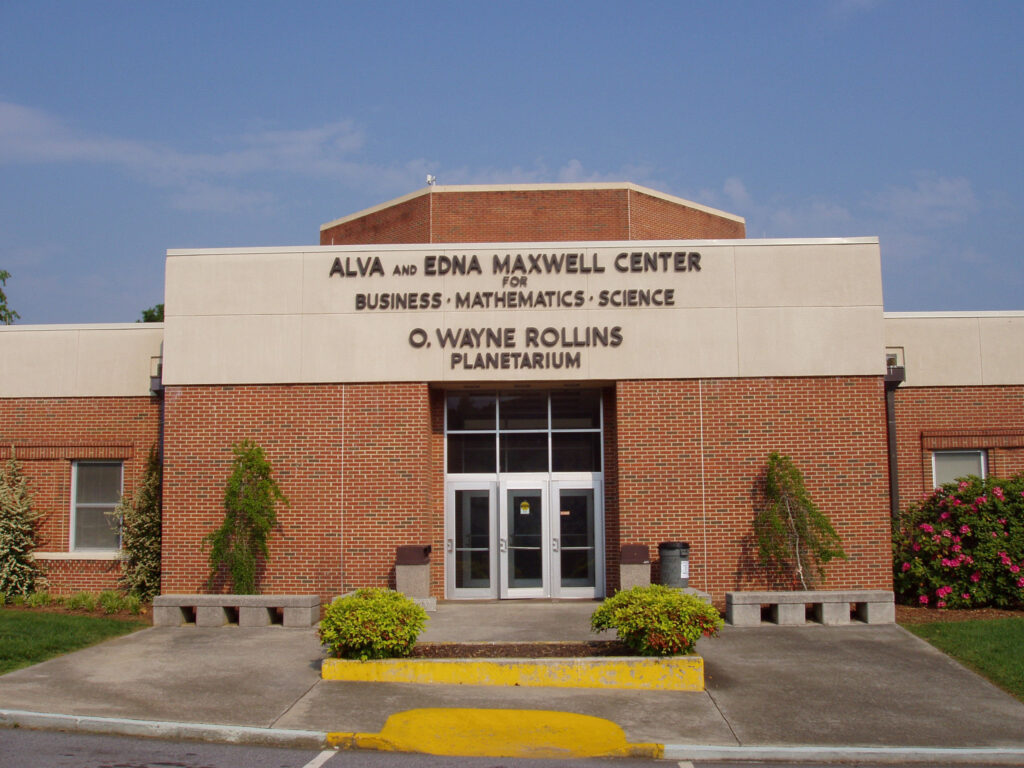
Courtesy of Kent Montgomery
Former aviation commissioner George Berry, who graduated from Young Harris in 1957, says that “it was natural to think about public service” as a career in the school’s atmosphere of retreat and spiritual focus. Many of Berry’s classmates became ministers, but Young Harris has also produced many other career public servants, including Georgia governor Zell Miller. In all, Young Harris counts among its alumni two governors, a U.S. senator, several congressmen, mayors, and a host of state legislators. The college has also turned out a number of notable performing artists, including silent movie actor Oliver Hardy, television actress Amanda Bearse, and country music artists Ronnie Milsap and Trisha Yearwood.






